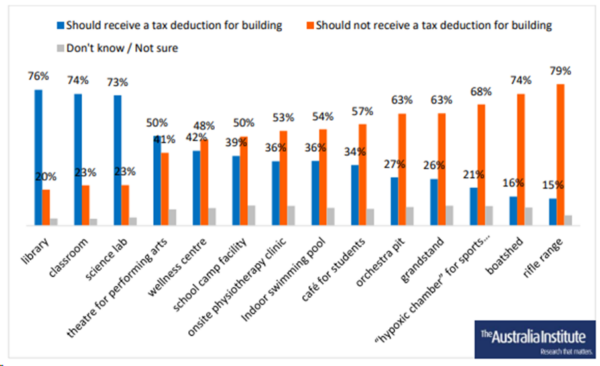Mouse numbers stabilise with the onset of winter, however the threat of a two-year mouse plague exists.
CSIRO’s mouse research aims to provide better solutions for controlling mice in Australian grain-growing regions, supporting Australian businesses, families and communities.
In May 2021, new research investment by the Grains Research and Development Corporation (GRDC), led by CSIRO, has enabled evidence-based increases to zinc phosphide (ZnP) mouse baits that will help grain growers battling above-average mouse numbers in eastern Australia.
CSIRO and GRDC have continued to monitor mouse populations, with data collected from Parkes in early June 2021 showing that while mice are still present in high numbers, populations are stabilising as breeding slows with the onset of winter.
CSIRO researcher and leading mouse expert, Mr Steve Henry, comments on the impact the cold weather is having on mouse numbers:
What is the latest from CSIRO’s field research?
Our team has been monitoring mice in Parkes, NSW. The work involves trapping mice in the field to analyse their numbers, weight and reproductive status.
While there are still high numbers of mice in the system at Parkes, our analyses showed mice stopped breeding around six weeks ago in early May.
Although mice numbers are stabilising, this does not mean the mouse plague is over.
Why has breeding stopped?
Breeding normally stops at this time of year, this is exactly what we would expect to see in late autumn and winter.
Will mice survive over winter?
Mice are capable of surviving over the winter months. They can stay warm in their burrows and only experience the cold weather while foraging. The winter months are crucial for mice survival. If large numbers of mice survive the winter, there is a larger population base from which to start breeding in spring. If there is a low level of survival during winter, then there will be a slower rate of increase next spring if conditions are favourable for breeding.
How will we know if and when the mouse plague is over?
There are two likely trajectories for a mouse plague, a one-year or two-year scenario.
In a one-year plague, there are very high numbers of mice in spring and summer and then there is a dramatic decline in numbers through winter. To date, this decline has not happened.
In a two-year plague, there are very high numbers of mice in spring, summer and autumn, numbers plateau through the winter and pick up again in spring and the second year of plague continues until numbers crash.
The existing mouse plague could go either way, crashing over winter or picking back up in spring.
At the end of a mouse plague, numbers plummet and this is usually based on a combination of factors that include: a lack of food; high population densities; disease moves through the population and overall poor health. All these factors may be exacerbated by cool and wet weather.
If this becomes a 2-year mouse plague, how can primary producers prepare for mice in the spring?
Farmers need to remain vigilant through the winter and look for mouse damage to crops e.g., chewed nodes and damaged heads.
Early springtime is a crucial period, as this is the when primary producers have the best opportunity to control mice before breeding starts and before their numbers start to grow exponentially again.
At the first sign of damage, farmers need to start baiting with ZnP-coated wheat bait. ZnP is the only registered in-crop rodenticide for the management of mice damage in broad-scale agriculture in Australia. The Australian Pesticides and Veterinary Medicine Authority approved an emergency use permit on 7 May for double strength ZnP at 50g/ kg. This is the strength farmers should bait with.






